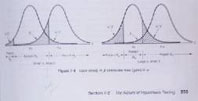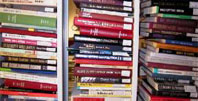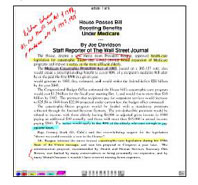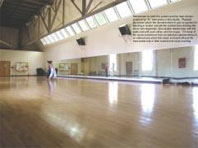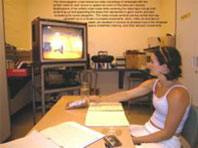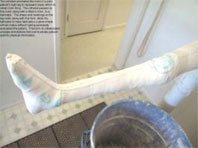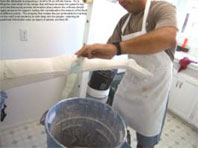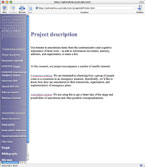| Our interest
in annotations stems from the communicative and cognitive importance of
these tools – as aids in information movement, memory, attention,
and organization, to name a few.
At this moment, our project encompasses
a number of smaller interests.
Consensus-making
We are interested in observing how a group of people come to a consensus
in an emergency situation. Specifically, we’d like to know how they
use annotations in their interactions, organization, and implementation
of emergency plans.
Annotation project
We are using this to get a better idea of the range and possibilities
of annotations and other possible conceptualizations.
|


